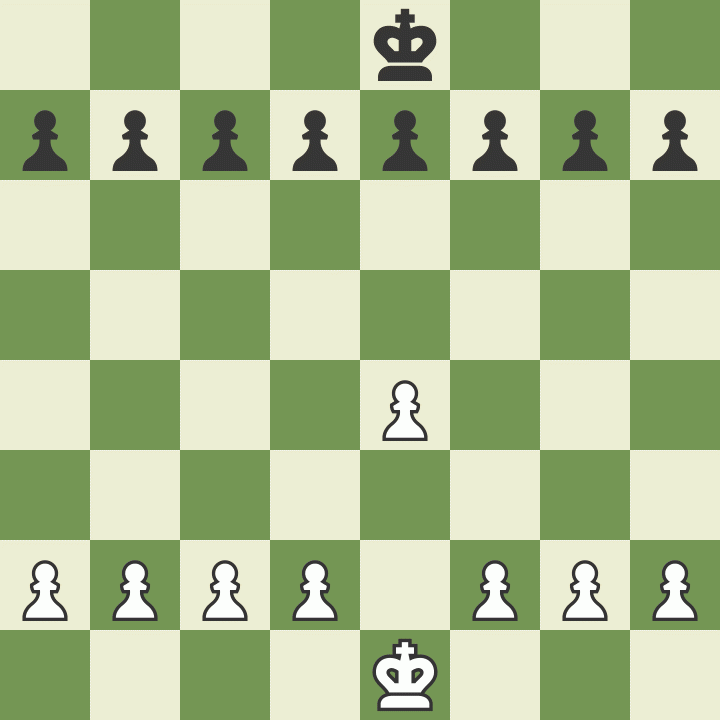game
Unlock the Secrets: Discover How Chess Pieces Move and Master the Game

Chess, the game of kings, has captured the fascination of enthusiasts for centuries. If you're new to the game or looking to enhance your understanding, find out how chess pieces move is the first step towards strategic mastery. In this article, we will delve into the intricacies of each chess piece's movement, demystifying their unique abilities and shedding light on fundamental tactics. Whether you're a beginner seeking to grasp the basics or an intermediate player looking to refine your skills, this guide will equip you with the knowledge to navigate the chessboard like a true Grandmaster.
The Chessboard: A Battlefield of Strategy
The chessboard serves as the battleground where players engage in intense mental warfare. It consists of 64 squares arranged in an 8x8 grid, alternating between light and dark colors. Each player starts with sixteen pieces, each with distinct movement patterns and strategic roles. Understanding how these pieces move is crucial for making informed decisions and developing winning strategies.
The King: The Royal Ruler
The King is the most important piece on the chessboard. Its primary objective is to avoid capture at all costs. The King can move one square in any direction, vertically, horizontally, or diagonally. However, there is a crucial restriction: the King cannot move to a square that is under attack from an opponent's piece. This rule, known as "check," is fundamental to the game and requires careful consideration in every move.
The Queen: The Strategic Powerhouse
The Queen is the most powerful piece in chess. It combines the abilities of both the Rook and the Bishop, granting it unparalleled flexibility and range. The Queen can move any number of squares in any direction: horizontally, vertically, or diagonally. Its versatility allows it to control vast expanses of the board, making it a formidable force in both attack and defense.
The Rook: The Tower of Strength
The Rook, resembling a castle tower, is a potent piece that excels in open positions. It can move horizontally or vertically, traversing any number of squares in a straight line. The Rook's ability to control ranks and files makes it a valuable asset for launching powerful attacks, establishing control over key areas, and supporting other pieces.
The Bishop: The Diagonal Dynamo
The Bishop is distinguished by its elongated hat-like appearance. It moves diagonally across the board, with no restrictions on the number of squares it can traverse. The Bishop's strength lies in its ability to control long diagonals, which can be instrumental in launching unexpected attacks and securing positional advantages.
The Knight: The Tricky L-Shaped Warrior
The Knight is known for its unique movement pattern. It moves in an L-shape: two squares in one direction (horizontally or vertically) and then one square in a perpendicular direction. The Knight is the only piece that can jump over other pieces, making it a master of maneuverability. Its ability to reach distant squares quickly and its knack for tactical tricks make it a valuable asset for both offense and defense.
The Pawn: The Foot Soldier
Pawns are the smallest and most numerous pieces on the chessboard. They move forward, initially one square at a time. However, on their first move, they have the option to advance two squares. Pawns capture diagonally, and when they reach the opposite end of the board, they can be promoted to any other piece, except the King. Pawns play a crucial role in controlling the center, establishing pawn structures, and executing tactical maneuvers.
Conclusion
Understanding how chess pieces move is the foundation upon which strategic brilliance is built. Each piece has its strengths, weaknesses, and unique movement patterns, contributing to the dynamic and intricate nature of the game. By mastering the capabilities of each piece, players can formulate effective plans, exploit vulnerabilities, and seize victory on the chessboard. So, delve into the enchanting world of chess, explore the nuances of piece movement, and embark on an unforgettable journey towards becoming a skilled chess player.